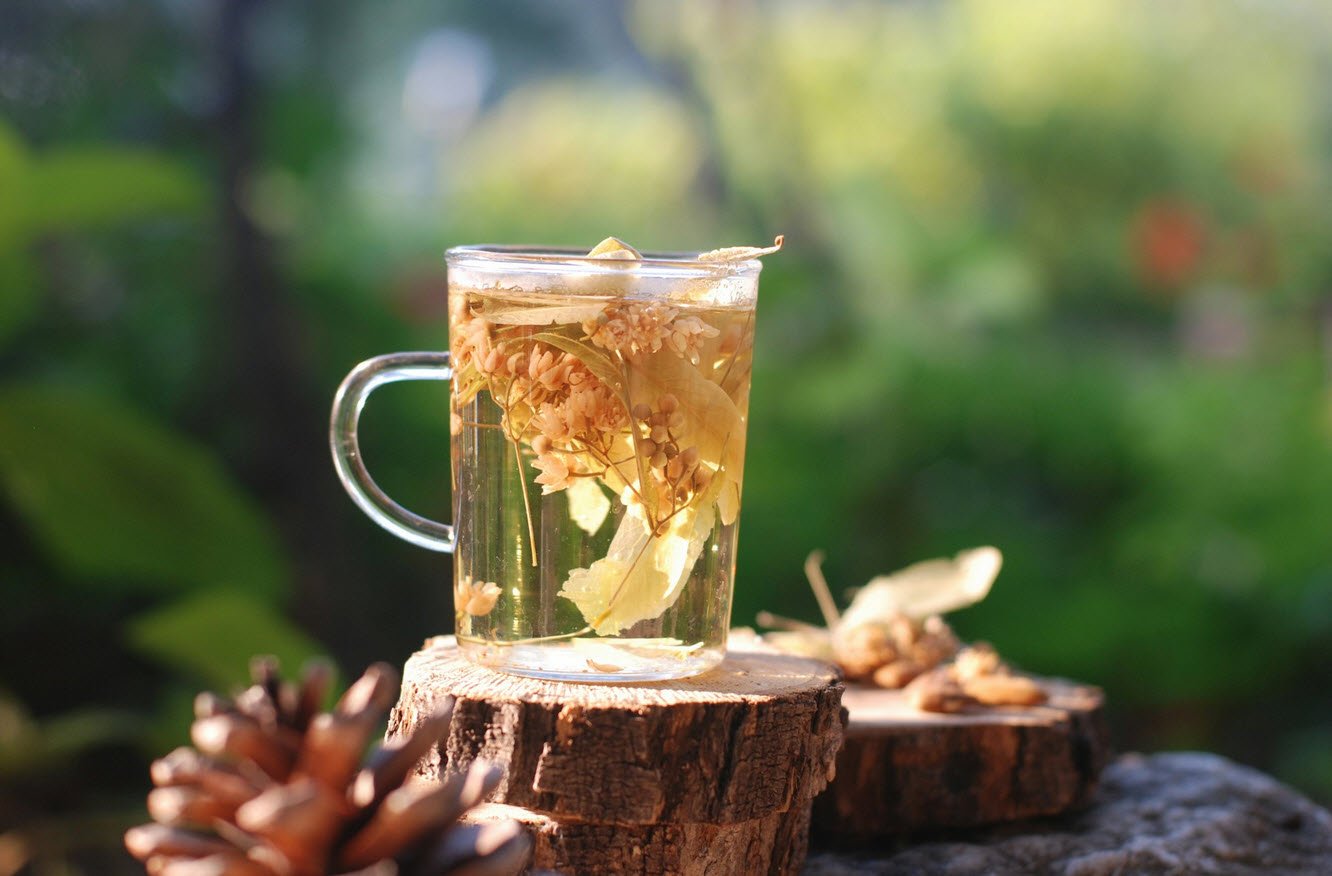
Asthma is a chronic respiratory condition that affects millions of people worldwide. While many individuals with asthma have medication readily available to manage their symptoms, there are situations where an asthma attack can catch them without their inhaler. If you find yourself near someone experiencing an asthma attack, it’s essential to know how to provide immediate assistance.
Here’s a guide on how to administer first aid during an asthma attack.
1. Call for Professional Help
The first and most crucial step when witnessing an asthma attack in someone is to call for professional medical assistance. Dial the emergency services or ambulance immediately. Asthma attacks can escalate rapidly, and medical intervention may be necessary.
2. Ensure Free Air Access
While waiting for medical help to arrive, create a conducive environment for the affected person to breathe. Here’s what you can do:
- If the person is wearing tight or restrictive clothing, help them loosen it.
- If possible, open a window to provide fresh air. Adequate ventilation can ease breathing difficulties.
3. Position the Person Comfortably
Encourage the individual to sit down in a comfortable position. An upright sitting position is preferable as it allows them to use their accessory muscles for breathing. If they cannot sit, avoid having them lie flat on their back or on their side.
Ensure that their head is slightly tilted forward. This position helps keep the airway as open as possible.
4. Assist with Breathing
Help the person with their breathing by offering some guidance:
Encourage slow and deep breaths. Tell them to take in air as if they were breathing through a thin straw. This technique helps slow down and control their breathing.
5. Provide Reassurance and Keep Calm
An asthma attack can be frightening and distressing for the person experiencing it. Your role is not just to offer physical support but emotional comfort as well. Stay calm, speak softly and reassuringly, and help the individual manage their anxiety. Panic can exacerbate asthma symptoms, so your composed demeanor can make a significant difference.
It’s essential to remember that while these first aid measures can provide temporary relief and comfort during an asthma attack, they are not a substitute for medical treatment. Asthma attacks can vary in severity, and in severe cases, immediate medical intervention is vital.
Always encourage individuals with asthma to carry their prescribed inhalers or medications with them. If they don’t have their inhaler or the symptoms worsen despite using it, calling for professional medical assistance is of utmost importance.
In summary, knowing how to administer first aid during an asthma attack can be a valuable skill. By calling for help, creating a comfortable environment, assisting with breathing, and offering reassurance, you can provide critical support to someone experiencing an asthma attack while waiting for medical professionals to arrive.








